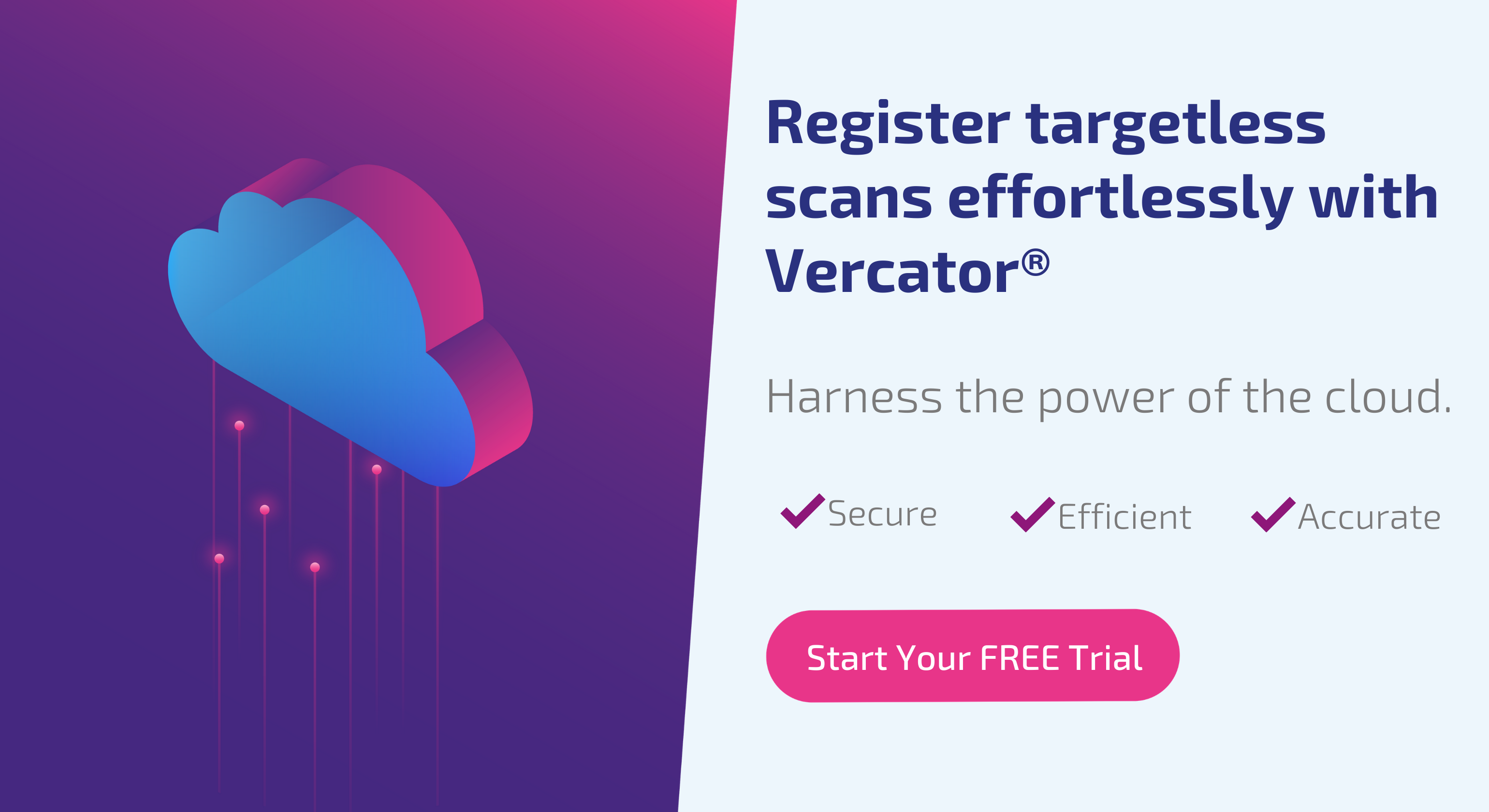5 steps to become cloud-ready as a surveyor

Surveying today is a data intensive business, so making the most of new technology has always kept the best surveyors one step ahead. Savvy surveyors have always known when a new technology can help save money, operate more efficiently, and lead to better results.
While 3D laser scanning has been the most transformative technology of late, cloud computing is emerging as being crucial to bind together developments in laser scanning, 3D point cloud registration, 3D modelling, 5G and overall Building Information Modelling (BIM).
The Cloud has already been deployed with great results in a variety of industry settings, and it is especially well suited to surveying. For that reason, it’s important that surveyors are cloud-ready. Fortunately, the construction industry being relatively quick off the mark in adopting cloud means there is a wealth of experience to help a surveyor become cloud-ready.
1. Seek out best practice
The cloud is over 20 years old. Many companies have developed their whole businesses in the cloud and there is a lot of hard-won experience out there. You should build on some of these key learnings — rather than having to learn the hard way.
Flexibility
While site access restriction and client requirements can restrict flexibility, this still has huge potential for surveyors to make every building site a potential office.
- Get the best mobile and office data links you can — Investigate what internet access and data plans you can obtain and where your 5G mobile will work.
- Look at day-to-day processes that you can “cloudify” — What central plans can be updated instantly in the field with instant internet access?
- Consider the cloud as a “change” process rather than a technology introduction — Look for where the biggest benefits will be created and think about what the barriers to achieving this will be.
Power
Cloud computing promises the ability to scale at reasonable cost. In its simplest form you pay only for what you use — but it isn’t like electricity. In its basic Infrastructure as a Service (IaaS) format, scaling on any cloud service is a skill, not a default.
If you don’t have someone comfortable programming and providing IT support to configure and maintain your cloud infrastructure account, either find a competent systems administrator or consider a Software as a Service (SaaS) approach. That way you can leave the multi-threading, multi-core, SSD storage decisions to the cloud provider while still reaping the benefit.
A SaaS software application could be anything from office software to project management to point cloud registration. SaaS takes away the problems of managing accessibility, compatibility, and operational management. Although not usually pure pay-as-you-go, SaaS payment models typically offer lower upfront costs than traditional software and more creative ways of paying.
Resilience
The cloud is not foolproof. A cloud service will go down on occasion. If uptime is crucial to your business, be sure you have a disaster recovery plan failover, and redundancy in place.
Unfortunately, the answer is not as simple as “choose dependable providers”, although this is a worthwhile first step. Even AWS, Microsoft Azure and Google Cloud, which have access to the best software and hardware available, can be susceptible to downtime — all three have experienced high profile outages since 2015.
The old adage “don’t put all your eggs in one basket” holds as true here as anywhere else; build up your IT resilience by making the most of a multi-cloud/multi-storage approach.
- Back-up data to other providers
- Keep archive copies on local media stored off-site
- Have a disaster recovery plan — and test it regularly
- Keep some form of in-office capability as a complete fail-safe
2. Try out new cloud tools
One of the benefits of cloud computing is that for a very low cost you can try out a service, find out how it works, and how it might benefit your company. You simply sign yourself up for a service.
The best advice therefore is to just start. There are already a range of software tools available to the surveyor to get started on their journey to cloud. Established players like Faro, Autodesk and Trimble, for example, are already offering cloud-based solutions. Many offer a limited price or free trial, so get started.
- Set up a business cloud storage account, with a company such as Dropbox.
- Create a directory and file structure and start uploading files from the office.
- Set up a simple scheduler like Asana or Trello and start logging and sharing events.
- Upload a few point cloud scans from the field to get a view of time delay and practical issues.
- Start to process those files with tools.
Invariably, your first dealings with the cloud will be more of a technical approach first. You will then move to a business-focused approach over time. You need to make sure that even in the early days, you’re thinking about a long-term approach, not just about one or a series of cloud services. At some stage you will have to work out how these services fit into your overall computing approach and how the way you carry out your tasks should be changed by the cloud.
3. Be ruthless with process
Cloud computing is transformational — it is not just moving your computer, storage and apps off-premises. Focusing solely on the technology without dedicating time and resources to process reengineering is a waste. The cloud is very powerful and small teams can produce some amazing results in a short amount of time, but if processes don’t change to match the potential of the cloud – the opportunity will be lost.
There are four main areas to focus on:
- Change processes to match cloud
- Concentrate on people involved
- Keep tight control of budget
- Think out of the box
4. Embrace BIM
Essentially, BIM allows architects and building experts to plan, design, construct and even maintain buildings much more efficiently than before. The nature of BIM encourages surveyors and everyone else involved in the project to access and upload data immediately. The Cloud also enables lifecycle data to be available at an earlier stage in the project, which in turn affects the materials, build and cost predictions.
BIM and ISO
One of the most effective ways of progressing along the BIM journey is to practise it. As each project progresses, lessons are learnt (in line with BS EN ISO 19650 vision), and new best practice is progressively developed.
Progression on the BIM journey can be seen in many ways, whether that’s the creation of a common data environment, the optimisation of an internal workflow, the appropriate allocation of roles and responsibilities, or even the implementation of cloud-based techniques of communication and collaboration.
5. Focus on security
When migrating to the cloud, it’s natural to assume that the cloud provider will shoulder at least some of the burden of protecting your data. This is true to an extent, but just as with resilience, it must never be forgotten that you are in charge of protecting your data.
There’s no need to overcomplicate your cloud security at first. You can do a few simple things upfront that can greatly reduce headaches down the line, and it helps to think in terms of big-picture capabilities rather than specific tools or detailed processes.
Multi-factor authentication
Multi-factor authentication (MFA) involves securing access to your cloud with a combination of identifying measures. For example, in addition to entering a password, people may also need to input a code sent to their phone. MFA is a simple but effective step in boosting security.
Encryption is essential
Choose a cloud provider that automatically encrypts the information you upload. It’s also best to encrypt customer data on your end too, by investing in third-party encryption tools.
Ready for the future
If a surveyor is cloud-ready, they are already able to do their jobs more effectively and efficiently than before. As with BIM, surveyors are being called upon to act as advisors in a growing number of areas. You can be sure the cloud will be one of them.
It seems clear that the increase of data, and smarter technology, is going to make for a much more involved role in the future.
Tags: surveyors


